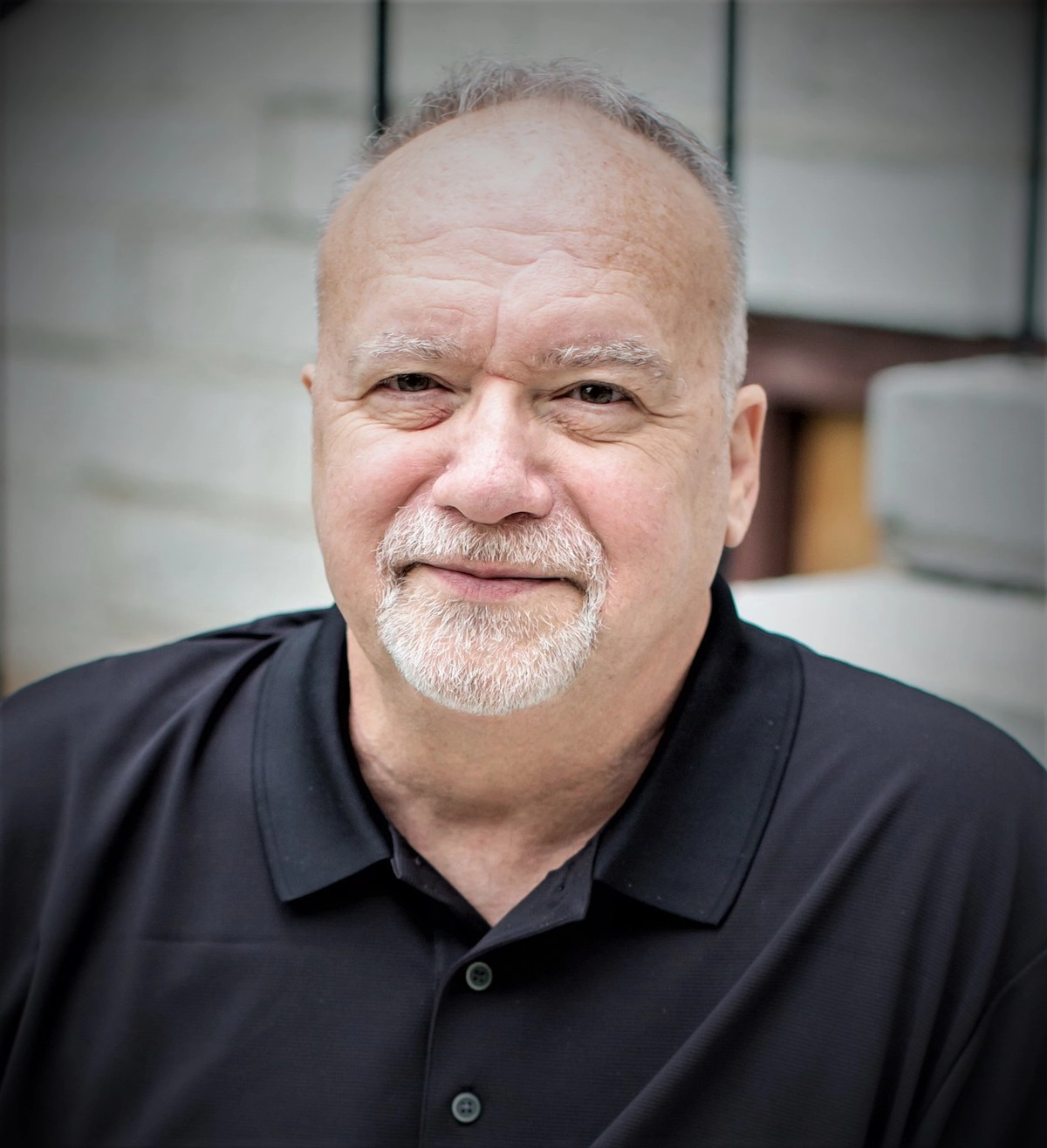Editor’s Note: This is the second installment in a series of three essays on the State v. Plath and Arnold trial that happened in 1979. The first part can be found at https://yourislandnews.com/looking-back-on-the-tragedy-of-april-12-1978/.
By SCOTT GRABER
John Plath, then 21 years of age, walked into the courtroom with dark, penetrating eyes and a well-sculpted nose. He wore a cross around his neck, parted his long, dark hair down the middle and presented a countenance that reminded one of Jesus Christ.
John Arnold had a face that was in no sense attractive or biblical. Arnold’s nose was large, his nostrils spreading down across pitted checks. His lips were large and tubular, made even larger by a mustache that came to a point just below his nose. His face suggested plastic surgery gone bad.
Ralph Baldwin and I were representing John Arnold and in the beginning he maintained that he did not take part in the killing of Betty Gardner — saying he stood by while Plath and the older girl did the choking, stomping and stabbing.
Convincing a jury that John Arnold — called “Mad Dog” by the Solicitor — was a bystander would have been hard under any circumstances. But it was made harder by a rash-like scar that began under his right eye and ran down his neck and onto his shoulder and torso. This “wine stain” was the singular feature that everyone would remember about John Arnold.
“This is going to be a right gory case, but its my duty to present all the facts” Solicitor Randolph “Buster” Murdaugh said in his opening remarks. “This is as cold blooded a killing as has ever been performed in Beaufort County or the State of South Carolina.”
The Solicitor really didn’t need any preamble. The teen-aged girl (John Plath’s companion) had turned “State’s evidence,” and she took the stand and told her story in deliberate detail.
According to the girl, Betty Gardner was required to perform oral sex on Plath, and on her, after which Gardner was beaten, dragged around with a belt and choked with a garden hose.
At one point the Solicitor made girl stand up and wrap a section of garden hose around his neck. For several minutes the Solicitor paced back and forth in front of the jury box with the hose still wrapped around his neck saying, “I’m going to leave it here because we’re still going to be talking about it.”
According to the witness, the garden hose was not killing Betty Gardner fast enough so Plath began jumping up and down on her neck. Then Arnold used Plath’s pocket knife to stab Betty Gardner. But she would not die.
By this time, Murdaugh was lying down on the floor of the courtroom playing the role of the dying woman, while the girl and a Sheriff’s Deputy, Gerald Wagner, pulled the ends of the hose.
“Don’t get between me and the jury,” Murdaugh shouted when the courtroom choreography did not suit the Solicitor.
After the re-enactment, the case was over as far as guilt or innocence. No amount of cross examination, or testimony from Plath was going to change the outcome. The only question remaining was whether John Arnold and John Plath would spend the rest of their lives in prison or die in the electric chair, which had been residing in my garage since Ralph and I had subpoenaed the chair from Columbia.
Ralph and I shifted our emphasis to the 2nd trial that would determine whether Arnold would live or die.
“This morning we will call several sociologists to discuss the death sentence,” I said, as the sentencing trial began. “We will discuss the historical and cultural context of death and why most primitive societies do not use it. Why is it more frequently used in complex industrial societies?”
But in 1979, these Beaufort County jurors were not interested in “discussing the historical and cultural context of death.” Nor were they interested in hearing the priests, psychologists or young lawyers pontificate about the electric chair being barbaric or backward and not really effective as a deterrent to crime.
In his response to our arguments, the Solicitor said that if the jury gave these two boys life imprisonment, he would “never bring another death penalty case in Beaufort County.”
And this threat was the basis of our appeal to the Supreme Court and, subsequently, the Court’s setting the jury’s death verdict aside.
And so the Pennsylvania boys came back to Beaufort for a second trial. This time there was a new judge, Luke Brown, and a new jury.
But the facts were not new. And those facts had the same impact on the new jury as they had on the first. Once again, Plath and Arnold were sentenced to death in the electric chair.
Scott Graber is a lawyer, novelist, veteran columnist and longtime resident of Port Royal. Email Scott at cscottgraber@gmail.com.







